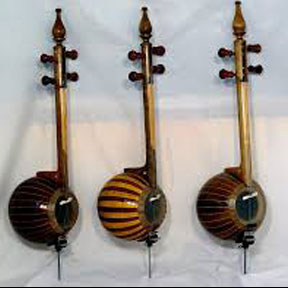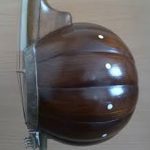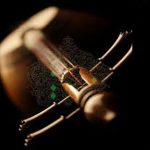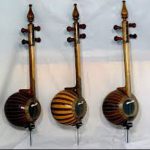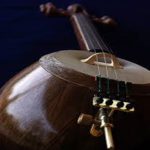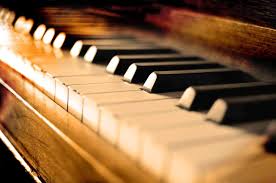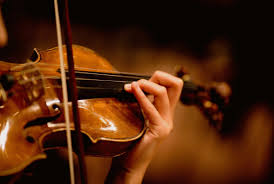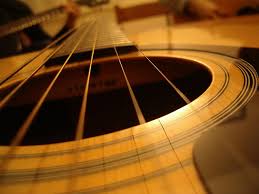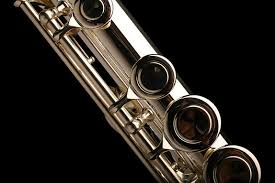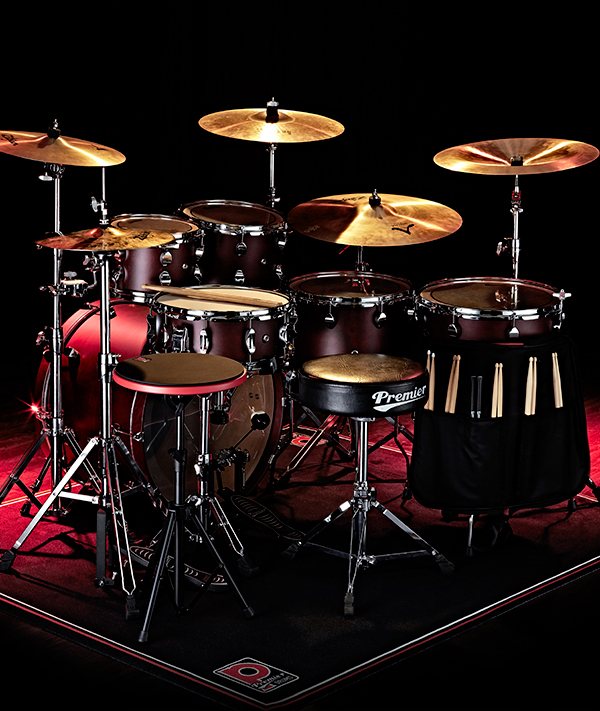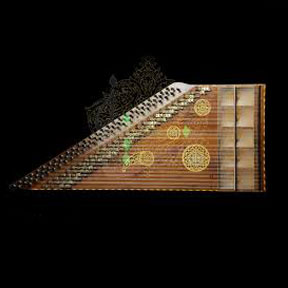History:
The Kamancheh is a spiked, bowed string instrument made from wood, skin, bone, and metal. It is approximately 75 cm long from its metal base to the top of the fingerboard (referred to as the “Sar Pa” or the upper part of the neck). It is played while seated, with the instrument held vertically in the left hand and the fingers moving along the fingerboard, while the bow (known as the “Kaman” or “Kamancheh”) is drawn horizontally across the strings with the right hand. The Kamancheh has a metal spike that rests on the player’s foot or the ground. It is traditionally crafted from seasoned wood from walnut, mulberry, or maple trees.
Characteristics:
Various types of Kamancheh, differing in construction, strings, and tuning, are common in different countries and regions of Iran. The use of specific techniques and bowing motions adds to the instrument’s versatility. For example, the player rotates the instrument slightly to the right and left to facilitate bowing. Techniques like glissando, trill, and pizzicato are commonly used. In pizzicato, notes are played by pressing down with the left hand and plucking the string with the right hand’s index finger. The Kamancheh also allows for open-string harmonics.
Physical Structure:
Resonator Bowl (Kaseh):
The resonator bowl is nearly spherical and hollow, with an open top covered by a stretched animal skin (usually from deer, goat, or lamb). The outer surface is often decorated with pieces of shell or bone. Some local Kamanchehs have an open back for a stronger sound.
Bridge (Kharak):
The bridge is a wooden or sometimes bone piece, about 4 cm in length and 2 cm in height, placed on the skin of the resonator bowl. It is slightly tilted so that the length of the first string is shorter, while the lengths of the other strings are longer. The bridge has shallow grooves to maintain the spacing of the strings.
Neck (Dasteh):
The neck is a solid, cylindrical piece of wood, about 25 cm long and 3 cm in diameter, tapering towards the body. It lacks frets and extends from the body to the fingerboard.
Fingerboard (Sar Pa):
The fingerboard is at the top of the neck, made of wood with a hollowed surface. It features protruding sections on either side. A projection at the top, called “Sar Pa” or “Tangeh,” extends the length of the instrument.
Pegs (Goshi):
The Kamancheh has four pegs, one for each string, positioned as flat-headed wooden pins on either side of the fingerboard. The wider part of the pegs is used for tuning, and the narrow end holds the string.
Nut (Sheytan):
The nut is a narrow, low piece of bone or wood across the width of the neck, with grooves for the strings to pass over.
String Holder (Simgir):
This is a small piece of wood or metal at the end of the resonator bowl, where the string ends are tied.
Spike (Payeh):
The spike is a thin, adjustable metal rod, about 10 cm long, which supports the instrument during play by resting on the player’s foot or the ground.
Strings and Tuning:
The Kamancheh typically has four metal strings of varying thicknesses. It commonly uses a full set of violin strings. The tuning can be adjusted based on the musical mode or piece being played. The strings are usually tuned in perfect fourths or fifths.
Range:
The Kamancheh’s typical range is close to three octaves. Due to various tunings and the lack of frets, it can play all intervals of Persian music (whole, half, and quarter tones). By pressing the first string, notes up to about one octave below the standard pitch can be achieved.
Notation:
The Kamancheh is notated in the treble clef, written a whole step higher than for plucked string instruments.
Bow (Kaman):
The bow is a curved wooden stick with horsehair attached to both ends. A leather strap between the hair and the stick helps control the tension. The bow is approximately 60 cm long. To produce the desired sound, the bow hair is treated with rosin. The bowing technique affects the quality of sound, with distance from the bridge influencing the tone’s softness or volume. Short, staccato notes are played with the bow’s tip or frog, while longer phrases use the entire bow.
Performance Techniques:
Various expressive techniques, including glissando, trills, and pizzicato, are used. The Kamancheh’s sound quality can be altered by adjusting the bow tension and positioning. The instrument’s ability to play a wide range of dynamics and techniques makes it suited for both solo and ensemble performances in Persian music.

